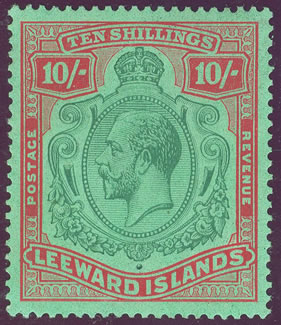
King George V Issues
Watermarked Multiple Script CA
Updated - October, 2017
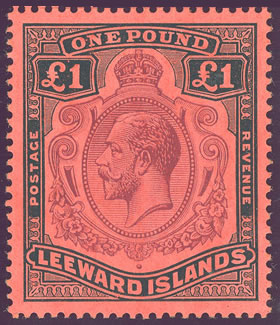
Identifying stamps from the Leeward Islands King George
V set watermarked Multiple Script CA is matter of sorting first the for
the watermark, then the print die for some stamps, and finally the color
of the stamp for most of the issues. The stamps used the keyplate design
that was used for a number of Colonies beginning with the stamps watermarked
Multiple Crown CA.
The stamps were initially issued in 1921 using paper watermarked Multiple
Script CA, except for the £1 value which was printed on the Multiple
Crown CA paper. This replaced the stamps printed on paper watermarked
Multiple Crown CA until they were replaced by a new keyplate design for
the King George VI issues in 1938.
If you have trouble determining the watermarks on these stamps, try looking at them face down against black paper. The stamps watermarked Multiple Crown CA will have sans serif letters with a crown that is narrow and straight edged. The Multiple Script CA watermark has cursive letters and a crown that is more rounded. See the images of the two watermarks below for reference. They are shown as normally seen from the back.
The keyplates used for the Leeward Islands King George V printings up to 5/ have two states, known as Die I and Die II. The Die I stamps were the ones initially produced using the paper watermarked Multiple Crown CA. They were replaced by Die II usually due to wear on the plate. Most of the Leeward Islands King George V stamps watermarked Multiple Script CA are Die II, except for certain issues of the 1/4d, 1/2d, 1d, 1-1/2d, 2-1/2d, 6d, and 1/ values which also were printed using Die I in a later printing. Since these issues were printed with both Dies, you need to understand the difference between the two Dies. Illustrations of these traits can be seen in the images below. The stamps that come with both Dies, are identified as such so you can tell the difference.
Once you have determined the watermark and the Dies, the next step is to sort the colors. Color shades can be difficult to sort, especially when you only have a couple of stamps to compare. They typically occur when the stamps are printed after the initial printing. Today we have computer color matching, but during this time it was done by hand with components that might differ from the original ink formula. I like to place the stamps against black and then white paper and view them under a strong light. The images shown attempt to show the colors, but they do not show them as well as viewing the stamps in person. So use the images as relative indicators.
Unlike modern stamps which are issued in the millions, definitive sets from this time period were issued very conservatively. The 10/ and £1 values were printed in quantities of 30,300 and 12,600 respectively, according to the Commonwealth Catalog (see below for details).
Larry Goldberg provided this printing information from "The Leeward Islands Notes for Philatelists? by M. N. Oliver. The lower values to 5/ stamps were printed in sheets of 60. There were 100 sheets of the 2-1/2d Orange-Yellow issues (6,000 stamps) and 201 sheets of the 5/ issues (12,060 stamps).
The catalog numbers are from the 1980 Commonwealth Five Reigns Catalogue (CW), 2013 Stanley Gibbons Stamp Catalogue (SG) and the 2011 Scott catalog (ST). The description and print quantities are from the Commonwealth Catalogue. Please contact Bridger & Kay to obtain a copy of this publication. You can access the other publishers using the "Links to British Colonial Stamp Sites" at the bottom of this page. For this article, the stamps were listed by value and in order of the date they were issued.
The images were saved in a larger size and at a higher resolution so you can more easily see the details used in sorting them. Please be patient if it takes a few minutes for this page to load.
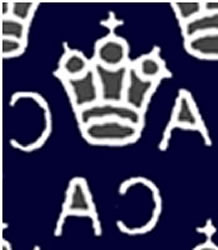
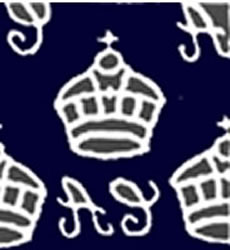
Multiple Crown CA
Multiple Script CA


next to the Crown are angled.
next to the Crown are straight.
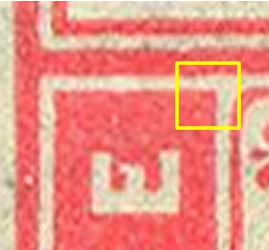
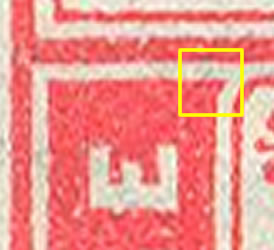
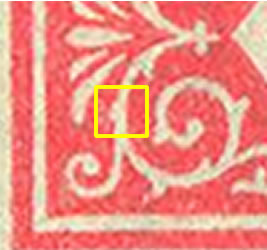
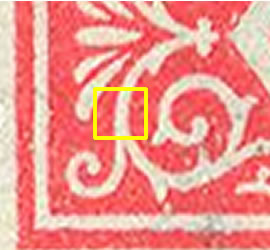
a straight corner.
an angled corner.
the scroll left side.
the scroll left side.
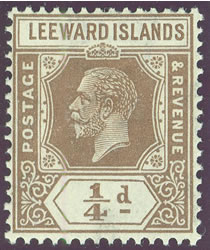
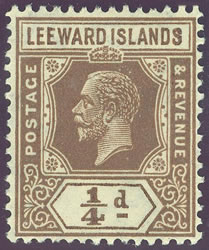
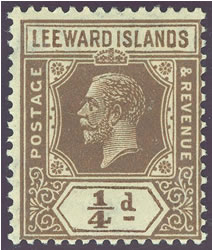
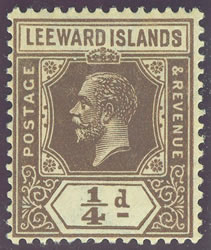
1/4d Pale Brown
Die II
1/4d Chocolate
Die II
1/4d Deep Brown
Die II
1/4d Black-Brown
Die II
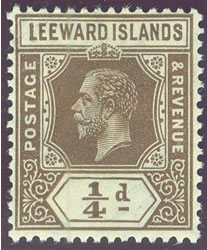
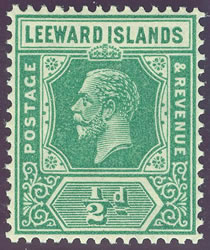
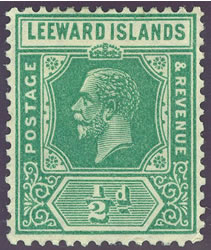
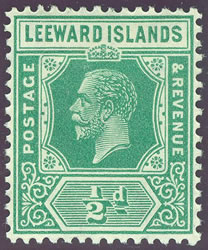
1/4d Black-Brown
Die I
1/2d Dull Green
Die II
1/2d Green
Die II
1/2d Bright Green
Die II
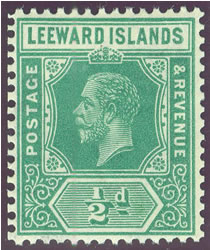
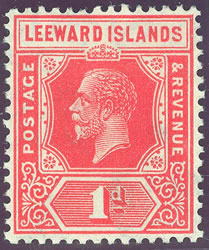
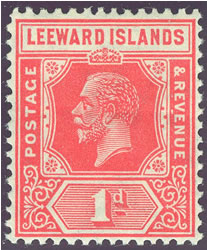
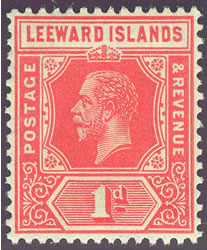
1/2d Green
Die I
1d Carmine-Red
Die II
1d Rose-Carmine
Die II
1d Rose-Red
Die I
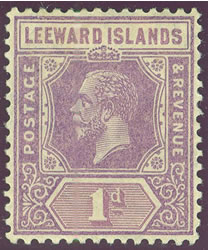
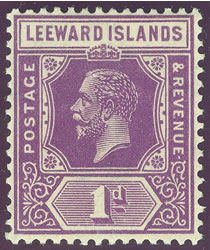
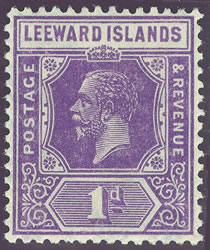
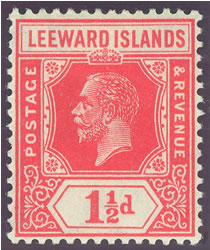
1d Dull Violet &
Mauve
1d Violet
1d Bright Violet
1-1/2d Carmine-Red
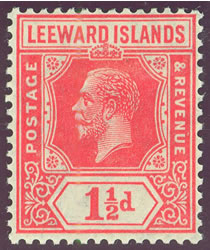
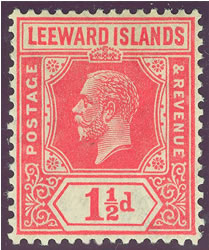
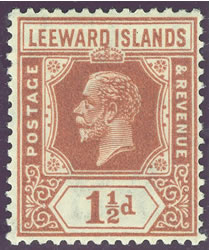
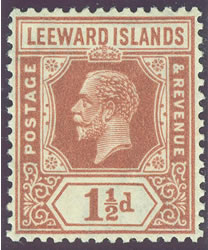
1-1/2d Rose-Carmine
1-1/2d Rose-Red
1-1/2d Deep Red-Brown
Die II
1-1/2d Red-Brown
Die II
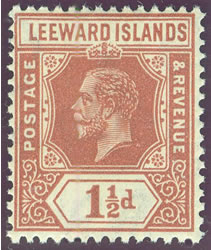
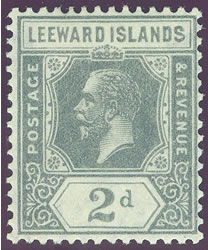
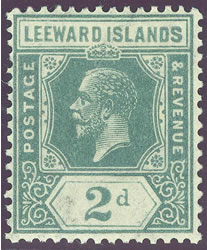
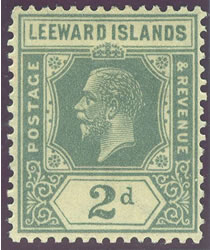
1-1/2d Red-Brown
Die I
2d Grey
2d Slate-Grey
2d Deep Slate
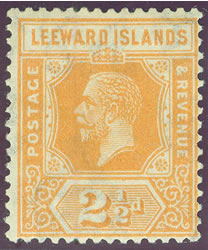
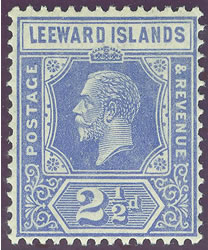
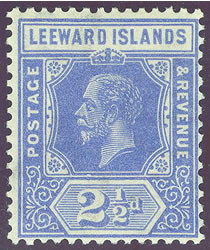
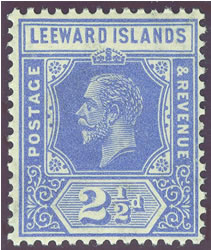
2-1/2d Orange-Yellow
2-1/2d Dull Blue
Die II
2-1/2d Bright Blue
Die II
2-1/2d Ultramarine
Die I
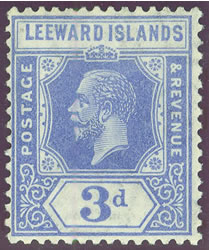
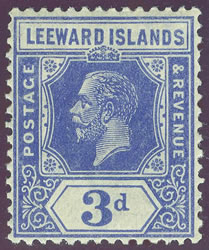
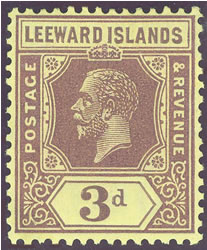
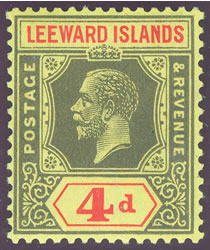
3d Ultramarine
3d Deep Bright Blue
3d Purple
Lemon Paper
4d Black &
Red
Lemon Paper
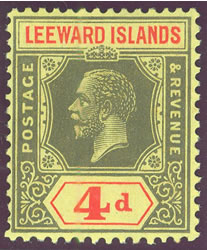
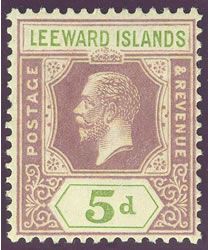
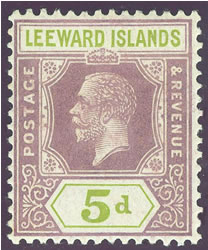
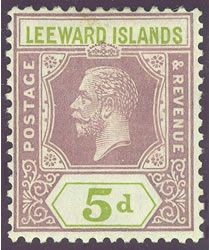
4d Grey-Black &
Red
Yellow Paper
5d Brown-Purple &
Olive
5d Dull Purple &
Olive-Green
5d Lilac &
Olive-Green
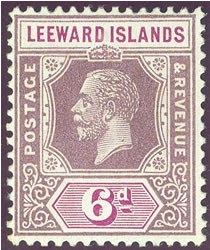
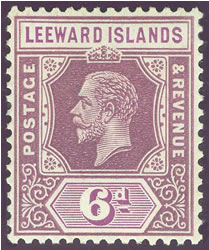
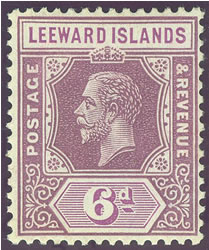
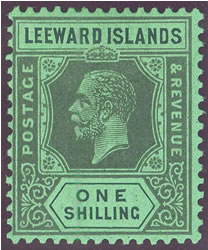
6d Dull Purple &
Bright Purple
Die II
6d Deep Purple &
Bright Mauve
Die II
6d Deep Purple &
Mauve
Die I
1/ Black
Emerald Paper
Die II

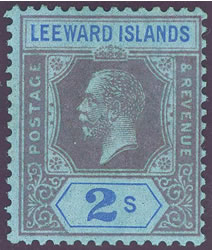
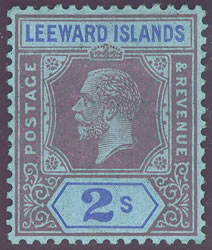
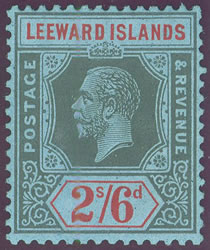
1/ Black
Emerald Paper
Die I
2/ Slate-Purple &
Blue
Blue Paper
2/ Reddish-Purple &
Blue
Blue Paper
2/6 Black &
Red
Blue Paper
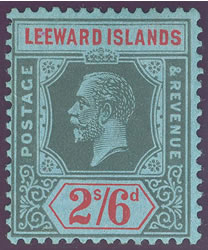
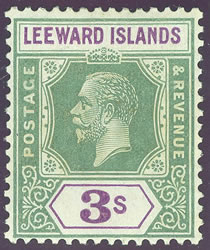
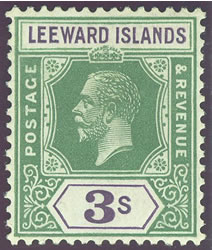
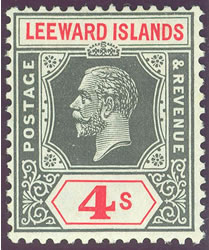
2/6 Grey-Black &
Red
Blue Paper
3/ Yellow-Green &
Bright Violet
3/ Blue-Green &
Deep Violet
4/ Black &
Red
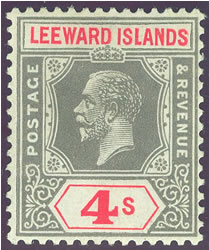
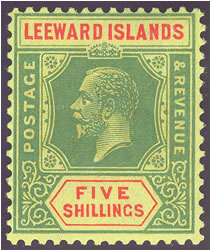
4/ Grey-Black &
Red
5/ Green &
Red
Yellow Paper
|
||||||
This article was written to help you identify your stamps.
Please feel free to ask a question, or include a correction.
